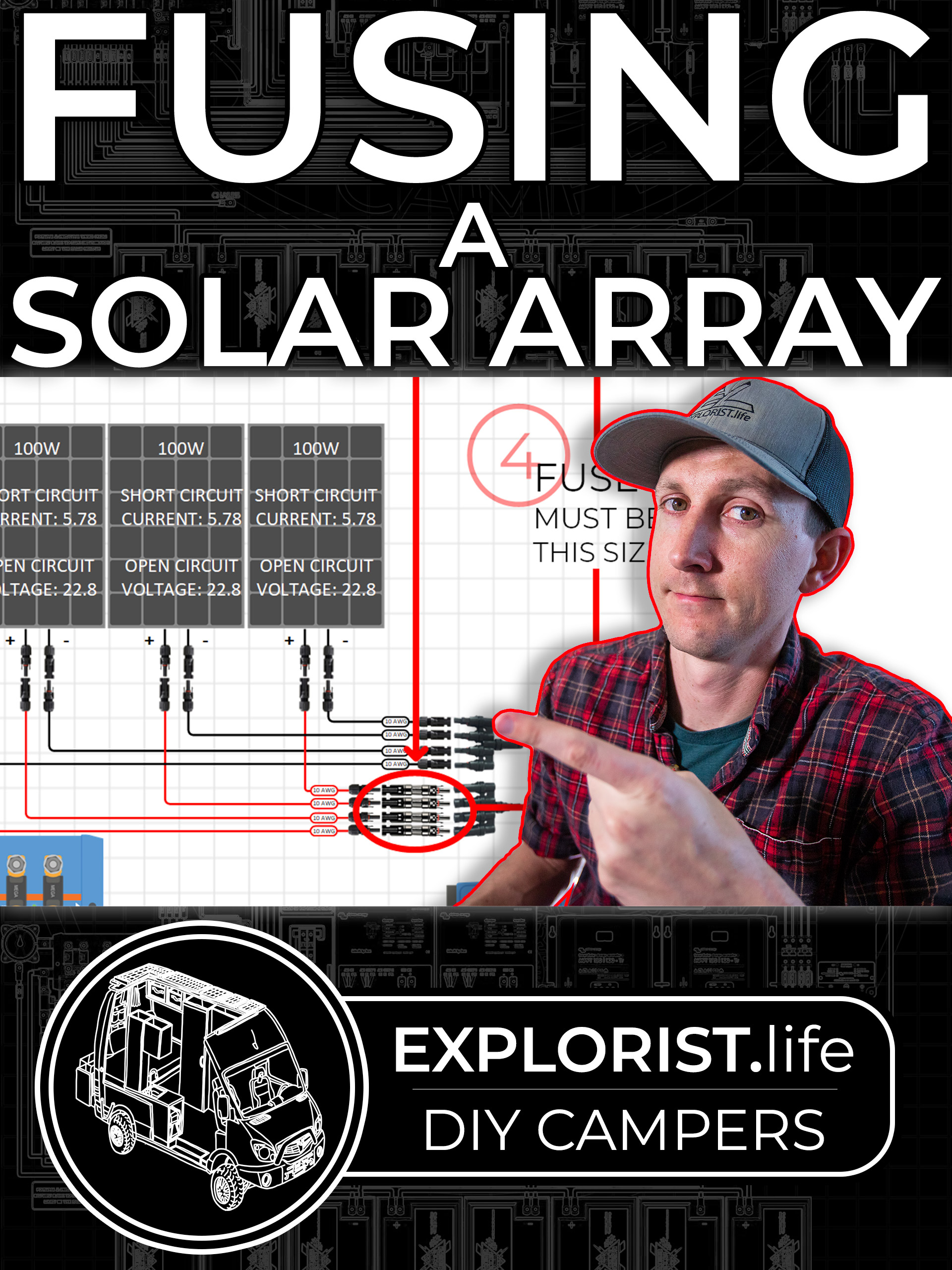Ryushin
Solar Enthusiast
So I purchased 28 Fuse Holders and Fuses for my 13 strings going into my Sol-Ark 15K and two Growatt MIN10000TL-XH-US.
I happened to be looking for something else and I read I may not need to install fuses at all since I'm running single strings:

 explorist.life
explorist.life
Here is my Line drawing:

System Summary and Modules:

So is this true? Do I not need to use fuses with strings? The Sol-Ark 15K has two inputs to a single MPPT which would make them in parallel, but I don't think I need fuses then either.
If I can return those Fuse Holders and Fuses, along with a 3' Wire Way I was going to put them in, it will save me $500.
I happened to be looking for something else and I read I may not need to install fuses at all since I'm running single strings:

How/When to Fuse a Solar Panel Array
This blog post is going to teach you how to determine when and if you need to add in-line fuses when designing a camper solar array. Sometimes you need to fuse your solar array, and
Here is my Line drawing:

System Summary and Modules:

So is this true? Do I not need to use fuses with strings? The Sol-Ark 15K has two inputs to a single MPPT which would make them in parallel, but I don't think I need fuses then either.
If I can return those Fuse Holders and Fuses, along with a 3' Wire Way I was going to put them in, it will save me $500.





